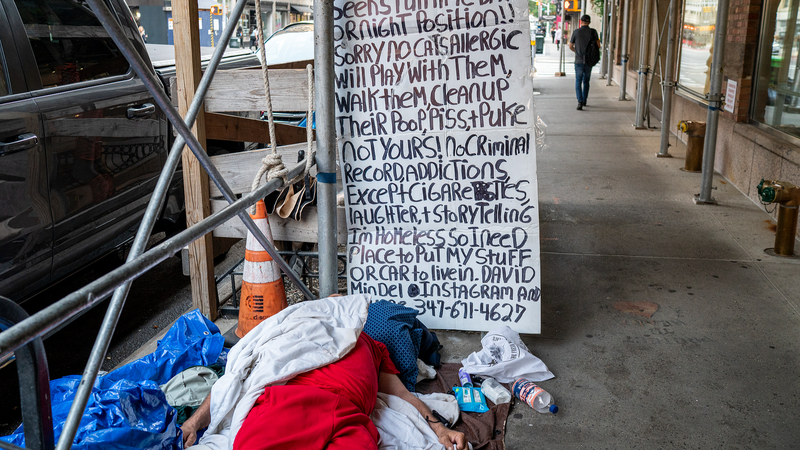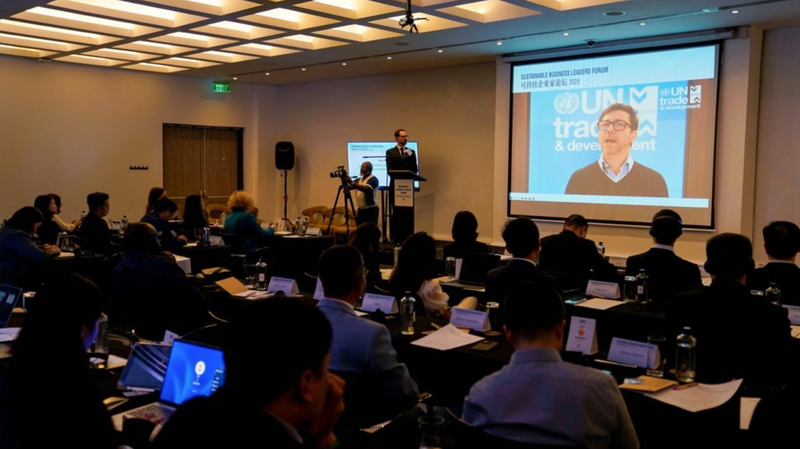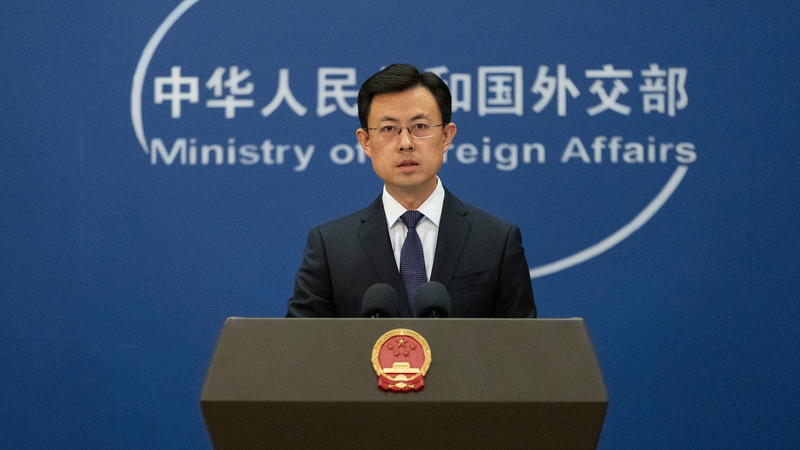Tariff hikes on U.S. imports are set to drive up consumer prices, eroding household purchasing power and pushing an estimated 650,000 to 875,000 additional Americans below the poverty line in 2025, according to a new Yale Budget Lab report. That’s roughly 0.2–0.3% of the population facing sudden financial strain.
The lab’s analysis uses both the Official Poverty Measure—comparing cash income to an inflation-indexed threshold—and the Supplemental Poverty Measure, which factors in living costs and noncash benefits. Because tariffs act as indirect taxes, they raise the cost of everyday goods without boosting incomes. As prices climb, more families find their earnings suddenly falling short of the poverty threshold.
Young professionals and entrepreneurs can see this as a real-time example of how trade policy ripples through economies. For business and tech enthusiasts, it’s a reminder that supply-chain costs can quickly translate into consumer belt-tightening, reshaping demand and market opportunities.
Thought leaders on sustainability and human rights will note the uneven impact: lower-income households spend a larger share of their budget on imports, shouldering a heavier burden as tariff-driven inflation bites hardest. At the same time, travelers and digital nomads may feel the pinch in higher costs for global goods and services, from electronics to everyday staples.
The report also flags the historical peak: the average import tax rate has climbed above 18%, the highest level since 1933. As trade policy continues to evolve, these findings underscore the real-world stakes for consumers worldwide—highlighting the importance of data-driven dialogue on tariffs, inequality and economic resilience.
Reference(s):
cgtn.com




